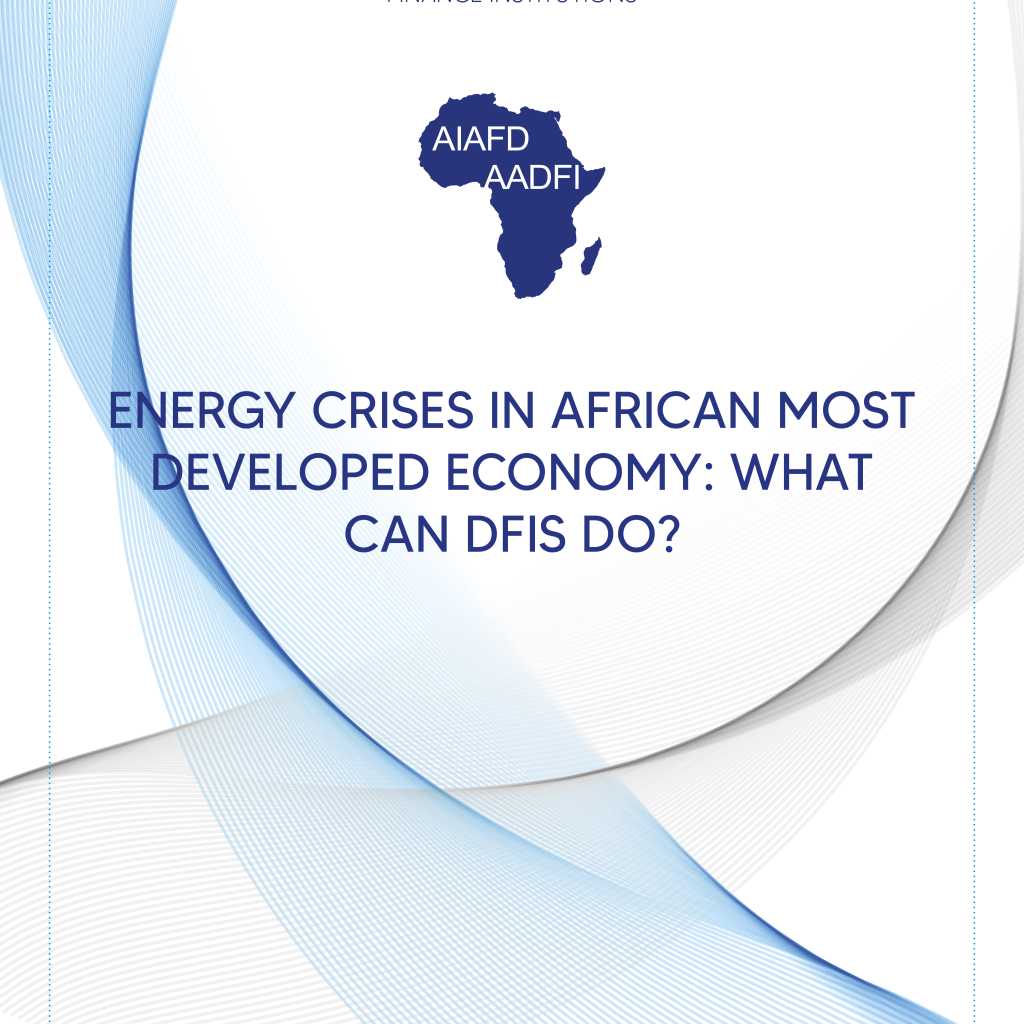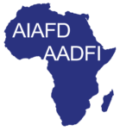
PETER DANIEL ONIMISI
The most developed economy in Africa is grappling with a severe energy crisis that is endangering not only the economy and food supplies but also the lives of millions of people[1]. The energy crisis, which has been labeled “an existential threat[2],” started in late 2007, and Eskom, the state-owned power company, started implementing load shedding throughout several periods and phases to prevent the grid from completely collapsing. Nonetheless, 2022 was the worst year for blackouts in South Africa, with a record-breaking 205 days without power, which Eskom claimed to be stage 4 load-shedding. In the first quarter of 2023, this circumstance worsened much more. About 90% of South Africa’s coal-fuelled power generation is controlled by the state-owned company Eskom, whose coal-fired power plants have reportedly been overworked, neglected, and plagued by systematic corruption for years[3].
In a nation where the unemployment rate is already 33%, the erratic power supply is hindering small businesses that are already struggling with inflation and high-interest rates, raising the possibility of a recession and endangering economic growth. In 2021, load shedding led to losing about 350,000 jobs[4]. Due to power shortages, decreased foreign demand, and “structural restrictions” that reduced investor confidence in 2023, South Africa’s GDP growth was reduced from the 1.2% initially predicted for that year to 0.3%. Economists believe that if load-shedding had never occurred, the country’s economy might be 17 percent larger than in 2023. Given the strong commodity demand, economists predict that power outages cause daily losses of between 1.5 billion and 4 billion rands (about $87 million and $232 million).
The adverse effects of frequent power outages seem to affect every industry. The number of power outages has increased, which has caused food costs to rise quickly; inflation for food and non-alcoholic beverages increased from 12.4% in December 2022 to 13.4% in January 2023. Some fast-food restaurants close their doors during load shedding because there isn’t enough backup energy to light their cooking platforms. In addition to losing clients who might never come back, raw materials (i.e., uncooked food) might also rot. Due to the need for electricity to pump water from reservoirs into towers, water availability has also decreased. A significant portion of South Africa’s GDP comes from manufacturing, which struggles with production halts, lost productivity, and inefficient processes. Production companies are required to invest in commercial generators, but the need for more fuel to maintain the generators due to their frequency of use threatens their fuel-cost efficiency. The crucial artery in company operations, which is the telecommunications industry, has also been affected. Telephone towers are powered by electricity and backup batteries. Extended power outages result in inadequate network coverage and a degraded fiber supply, which leads to poor or non-existent internet. Outages negatively impact communication, which is unproductive for workers whose companies have chosen the “work from home” paradigm. Because typical workers cannot access solar energy or inverter batteries, power outages negatively impact their productivity. Also, operations in mining are halted to protect power supplies and for the safety of miners.
Europe and the United States have offered $8.5 billion to assist the country in moving away from coal to address the issues[5]. Over five years, the shift to renewable energy in South Africa has been planned for $84 billion, but Eskom’s difficulties are now urgent. This suggests that there is a need to look inward and that more development funds should be allocated to construct micro and small power plants while promoting the usage of renewable energy (inverters, lithium batteries, wind turbines, and solar panels). There is also a need for the complete privatization of the energy sector in South Africa to allow private investors to run the business; this will help curb systemic corruption and put the country on the path to achieving sustainable energy generation. The energy transition offers opportunities because it will result in a complete evolution of the mining mix that will include the sourcing of raw materials (such as lithium, cobalt, zinc, chromium, aluminum, copper, iron, plastic, glass, manganese, and nickel) required for the structural development of renewable energy products. The demand for these raw materials will impact the mining sector positively and open opportunities for infrastructure and skills development, which may ease the unemployment rate.
The preceding presents an opportunity for DFIs to prioritize lending in the renewable energy products, mining, and manufacturing sectors, as this is an opportunity for the banks and the economy. Investing in the renewable energy mix will create jobs and fix the energy crisis.
The Development Bank of Southern Africa (DBSA) has done much in this regard. In 2022, the European Investment Bank (EIB) and Development Bank of Southern Africa launched the South Africa renewable energy investment initiative[6]. The €400 million program (7.2 billion ZAR equivalent) will support several new renewable energy projects in South Africa with funding from €200 million from the EIB. The program will support DBSA’s Embedded Generation Investment Program (EGIP) and improve clean energy power production. Once all the sponsored projects are online, the new program is anticipated to add 1 200 MW of generating capacity and prevent 3.6 million tonnes of CO2 emissions.
The EGIP’s primary objective is to support independent power producers operating in South Africa as they build and scale up integrated generation projects using solar photovoltaic and wind energy. The financing structure is anticipated to attract extra funding of roughly USD104 million from regional and commercial financial institutions, helping South Africa get closer to its goals related to combating climate change. The projected investment will add 330 MW of solar photovoltaic and wind generating capacity once all projects are operational, directly preventing emissions of more than 700 000 tCO2e annually.
More effort along similar investment must be put in place in South Africa, and Africa at large, to advance the course of the energy transition. There are lessons for national development finance institutions across the continent from the steps and actions of the DBSA in supporting the South African government in addressing the energy challenge and the just transition.
[1] https://www.bloomberg.com/news/articles/2023-03-17/south-africa-s-loadshedding-could-worsen-electricity-minister-warns
[2] https://edition.cnn.com/2023/02/10/economy/south-africa-economy-energy-crisis-president/index.html
[3] https://edition.cnn.com/2023/02/10/economy/south-africa-economy-energy-crisis-president/index.html
[4] https://solidariteit.co.za/en/loadshedding-14-years-and-another-350-000-jobs-lost/
[5] https://www.reuters.com/business/environment/us-eu-others-will-invest-speed-safricas-transition-clean-energy-biden-2021-11-02/
[6] https://www.eib.org/en/press/all/2022-479-european-investment-bank-and-development-bank-of-southern-africa-launch-eur-400-million-south-africa-renewable-energy-investment-initiative
